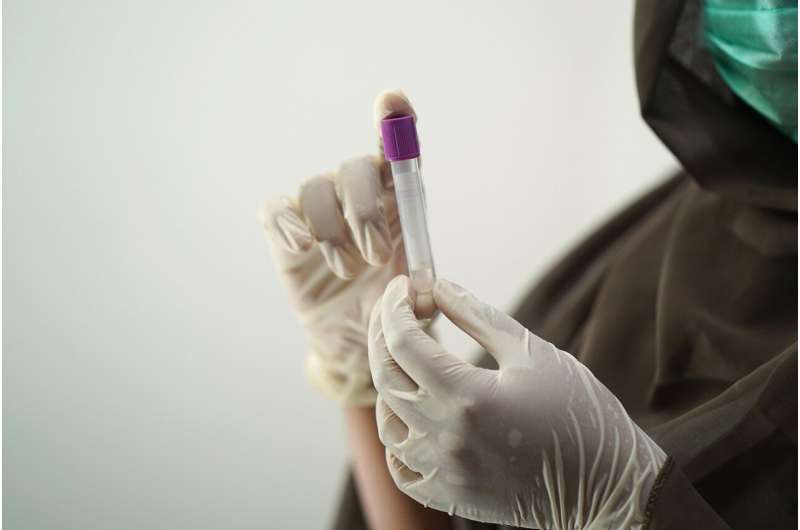Persistent Use of Unnecessary Cancer Screenings Despite Updated Guidelines, New Study Reveals

A new study reveals that unnecessary cancer screenings persist for years after guidelines advise against them, leading to overdiagnosis and increased healthcare costs. The research emphasizes the need for better implementation of evidence-based practices.
A recent study highlights that unnecessary and potentially harmful cancer screenings continue for years even after official guidelines advise against them. Published in BMJ Quality & Safety, the research examines the lag between the dissemination of updated screening recommendations and their actual adoption in clinical practice, which can take up to 13 years or longer. This delay allows many patients to be subjected to overdiagnosis, unnecessary treatments, pain, anxiety, and increased healthcare costs.
The study emphasizes that for certain cancers, such as cervical and prostate cancer, the reduction in screening rates has been slow despite clear guidelines. For example, screening for cervical cancer in women under 21 or over 65 dropped by 50% within a year, but in women over 65, it took over a decade to reach similar reductions. Similarly, although guidelines have recommended against prostate cancer screening in men aged 70 and above since 2012, screening rates have not decreased sufficiently.
Barriers to stopping unnecessary screenings include ingrained medical routines, patient expectations, and the challenge physicians face when changing long-standing practices. The lack of mechanisms to accurately track the impact of updated guidelines on screening behaviors for cancers like ovarian, thyroid, testicular, and pancreatic further complicates the issue.
Guidelines for cancer screenings are established by the U.S. Preventive Services Task Force, which grades the appropriateness of tests based on evidence, with 'D' grades indicating tests that should generally not be performed due to lack of benefit or potential harm. Despite periodic updates, the persistence of outdated screening practices underscores the need for better implementation strategies and education to reduce low-value procedures.
Ultimately, the study advocates for increased efforts to align clinical practice with current evidence-based guidelines, to minimize patient harm, optimize resource use, and improve healthcare outcomes.
Stay Updated with Mia's Feed
Get the latest health & wellness insights delivered straight to your inbox.
Related Articles
Reducing Energy Waste in CT Scanners: A Sustainable Step Forward
Innovative research shows that turning off surplus CT scanners during off-hours can significantly reduce energy consumption in hospitals, contributing to more sustainable healthcare.
Cannabis Use Disorder Linked to Increased Risk of Benign Salivary Gland Tumors
Studies reveal that cannabis use disorder significantly increases the risk of benign salivary gland tumors, highlighting potential health risks associated with cannabis consumption.
Researchers Develop Targeted Approach to Separate Pain Relief from Inflammation in NSAIDs
New research from NYU reveals that targeting a specific prostaglandin receptor can alleviate pain without suppressing essential inflammation, paving the way for safer pain therapies.



